Details
to the test report of the Sony 7rm3 in our blog
Sony Alpha ILCE 7R Mark III (ILCE-7RM3) Body
The Sony 7r Mark III (m3), an ILCE model (Interchangeable Lens Camera, E-mount), brings quite a few innovations as a professional camera: Nearly 399 phase autofocus points serve almost 70 percent sensor area with 425 contrast points - already the eye focus doubles its practical performance. Furthermore, optical five-axis image stability enables an additional 5.5 f-stops. Videography succeeds the α7RM3 with more than 4K - without restriction in the readout of the pixels and without their binning.
Professionals will appreciate the significantly longer battery life, two SD slots and SuperSpeed USB 3.1 Gen 1, Type C. At just 652 grams, the compact-bodied DSLM camera is easy for most photographers to handle. Especially large hands use the new 7R comfortably with a handgrip, otherwise heavy interchangeable lenses interfere with comfortable handling.
The ILCE-7R M3 from Sonys ILCE7 series increases the performance of its direct predecessor very significantly in image processing: continuous shooting with constant refocusing, high dynamic range of 15 stops, rear sensor exposure. In particular, the exceptionally light-sensitive Exmor sensor effectively dampens basically unavoidable image noise.
All in all, the new Sony ilce 7r Mark III is ideally suited as a tool in the multimedia sector. Photographers and videographers in particular appreciate its practical flexibility combined with high reliability.
New image quality
The Exmor sensor has a lens-on-chip design without Lücken. At the same time, an anti-reflective layer of nanostructures enhances the sensor glass. Combined, this results in a significantly higher quality of light capture: high sensitivity, yet only weak noise, wide dynamic range.
Rapid processing of sensor data
Sonys latest α7 features front-end LSI (Large Scale Integration) and the particularly advanced BIONZ X image processor. As a result, the Mark III accelerates the processing of its predecessor, the 7R II, almost twofold. This increases the rate of continuous shooting in particular to the maximum value of ten shots per second. The output of 14-bit RAW images succeeds without noise.
Colors and skin tones appear even more natural with the new 7R. In addition, an exceptionally wide ISO range between 100 and 32,000 is available, which can also be extended to [50,102,400] for an even more impressive spectrum of diverse photo shots. Relatively low ISO values allow the high aperture dynamic range of 15 stops. All in all, the Mark III offers a sensible setting for practically every shooting situation, usually several.
The particularly high image resolution meets 5-axis image stability - with a processing performance in the top range of current stabilizers. The resulting image smoothness is further enhanced by a low-vibration shutter. Overall, the outstanding image stabilization is even noticeable in the maximum shooting rate in continuous mode.
Effective AF/AE tracking at maximum frame rate
The Mark III's further improved autofocusing uses around 400 points (phase detection) over more than two-thirds of the image area. This sensitive area extends both horizontally and vertically. Furthermore, more than 425 points contribute to the contrast - 400 points more compared to the Mark II. Overall, the autofocus responds two times faster, especially in low light. The efficient subject tracking also works two times more accurately.
The eye detection (AE) pulls a favorably positioned iris into focus at the touch of a button. The new 7R does this two times more effectively. In addition, AE remains available with A-mount lenses and adapters.
Sonys full-frame mirrorless camera captures full-resolution continuous images with automatically tracked focus at the highest frame rate. For this purpose, the latest 7R supports the UHS-II (Ultra High Speed) bus system with its maximum 312 MB/s transfer rate. Hi+, the associated mode, handles 76 JPEG/RAW or 28 non-compressed RAW images.
Particularly useful: essential functions work even while continuous shooting is still in progress, such as menu and image display as well as image evaluation or photo sorting.
Even in Live View, eight images per second are still possible - with only a marginal loss of real time in the viewfinder or on the LC display. Thus, any "fast" motif in the everyday sense can be captured practically with high quality. In addition to the mute electronic shutter, Sony offers its mechanical counterpart.
The new 7R also offers autofocus with focus magnification. This allows photographers to use the phase AF together with A-mount lenses. Furthermore, the "AF on" button proves to be useful. Users can also easily move their favorite focus points via joystick. Furthermore, they use the particularly practical touch focus function.
Optimizing shots in a flickering environment
The new α7R's anti-flicker function detects rapid oscillation of brightness around 100 or 120 hertz. The Mark III then optimizes shutter speeds to minimize typical artifacts. This specifically reduces errors in exposure and color representation at the bottom and top of the frame - which are often distracting at faster shutter speeds.
Professional 4K videography
The new α7 films video over 3,840 x 2,160 pixels (UHD-1 or 4K), taking advantage of the total width of the full-frame sensor. In Super 35, processing reads each pixel individually (no binning), which is equivalent to 5K. This results in high-quality 4K video: effective depth, appealing accuracy.
At a maximum of 100 Mbps, up to 120 frames per second succeed in full HD: full high-resolution of 1,920 x 1,080 pixels (16:9). This frame rate is sufficient for smooth four to five times slow motion - with simultaneous tracking of the autofocus.
Video production with HDR
The new Hybrid Log-Gamma (HLG) feature supports instant High Dynamic Range (HDR) workflow. This quickly creates final content for high-impact playback on HDR TVs: exquisitely realistic 4K with HDR.
Sonys S-Log2 and S-Log3 provide high flexibility for the color gradient. S-Log means highly dynamic gamma curves, optimized for color grading (color correction) in post-production.
Design, construction, equipment: professional standard
Two SD slots allow convenient separation of formats: RAW and JPEG or videos and photos. Further allow relay shooting for triggering by intelligent automatic. With improved Z batteries, the Mark III also works about two times longer.
Furthermore, the current 7R offers a Quad-VGA Tru-Finder (OLED) with upscaled light intensity over nearly 3.7 million pixels (60 or 120 frames/second). This viewfinder from the α9 experiences reduced reflections under its ZEISS T* layer. In addition, a fluorine layer protects against contamination.
In bright daylight, WhiteMagic lets users of the revised LC display (nearly 1.5 million pixels) see objects more clearly. With optional highest quality, the image display is created from the complete sensor data.
The α7R III talks to digital devices such as smartphones and laptops via Wi-Fi. Further, it synchronizes with external flash technology.
Software: Imaging Edge for Pixel Shift Multi shots
The novel Imaging Edge supports remote shooting in Live View as well as RAW image composition with Viewer and Remote as well as Edit as free PC applications.
In particular, the innovative Pixel Shifting via optical image stabilization allows strikingly realistic multiple images - as image compositions of the highest resolution. To do this, the 7R shifts its sensor one pixel width before capturing a single frame of a multi-shot. This creates four individual, different images (169.6 megapixels total).
From these individual shots, the user composes a synthetic image with Imaging Edge. This composition offers exceptionally fine resolution and exceptionally high color accuracy. Thus, Sonys α7R III masters the pictorial representation of subjects with numerous structured details, such as from architecture and art.
Sony SEL FE 24mm f1.4 GM
Outstanding f1.4 resolution in a fixed focal length mobile lens
Using a variety of leading technologies, the G Master delivers consistently high resolution and smooth, natural bokeh - even at the widest F1.4 aperture. This compact lens is the lightest in its class, offering maximum E-mount portability. It also offers fast, precise AF drive and great control and reliability, making it a perfect choice for professionals.
Excellent resolution from the center of the frame to the edges.
Two XA (extreme aspherical) elements, one for the front element, successfully compensate for coma, field curvature, and astigmatism, which are a more common problem in wide-angle lenses with a large aperture. This ensures excellent resolution from the center of the image to the edges, even at the widest F1.4 aperture.
Aspherical glass elements to suppress color aberration
Three ED (Extra-low Dispersion) glass elements have been integrated into the lens optical path to reduce axial and lateral chromatic aberrations and ensure optimum sharpness throughout the image.
Compact, lightweight design
The new optical design uses two XA elements (one for the front lens) to reduce the overall diameter of the lens and, in combination with the newly developed Direct Drive SSM focus drive system (DDSSM), makes the very light weight of only 445 grams possible. This size- and weight-reduced lens is thus perfectly suited for compact E-mount bodies.
Nano AR coating for reduced reflections
Sony's Nano AR original coating technology effectively eliminates internal reflections and ghosting effects to achieve optimal contrast and clarity in the widest possible range of shooting conditions. (1. Nano coating/ 2. Glass/ 3. Light quantity).
State-of-the-art optical design for faithful reproduction of point sources
State-of-the-art optical design with two XA precision elements removes sagittal reflections, a common aberration in large aperture lenses. Sagittal reflections result in an unnatural distribution of point sources, reminiscent of a bird spreading its wings, and intensify at the edge of the image. Natural reproduction of point sources is important in night shots with stars or city lights, for example. (1. star shot with the FE 24mm F1.4 GM free of sagittal reflections. 2. strong sagittal reflections in a star shot with a conventional 24mm F1.4 lens).
Newly designed DDSSM system optimized for the lens.
The newly designed, high-performance Direct Drive SSM focus drive system (DDSSM) reduces size and weight while providing approximately three times the thrust of the previous system. The higher performance of the new DDSSM system provides faster, more accurate and quieter autofocus drive - for outstanding performance in both still and movie shooting.
Eleven blades for wonderful bokeh
The lens' aperture mechanism consists of 11 blades, common to α lenses, and is ring-shaped in design to achieve a virtually perfect circular aperture - even when stopped down by 1 or 2 stops. This makes it easy to achieve an aesthetically pleasing, round bokeh. Such uniformly soft background bokeh vividly highlights the subject.
Easy release for video recording
The aperture ring provides the immediacy and responsiveness that professionals need for both still and movie shooting. The ON/OFF click switch engages or disengages the click stops on the aperture ring as needed. The engagement of the detent steps is a tactile confirmation that makes it easier to gauge by feel how much the ring has been changed, making it well suited for photo shoots. With the steps not engaged, the aperture ring rotates smoothly and quietly for seamless, silent control when filming.
High reliability in the toughest conditions
The rubber-coated focus ring is easy to control even in low temperatures. A locking button for the lens hood prevents it from accidentally coming loose during transport. Dust- and moisture-proof construction increases reliability for outdoor use.
Smooth, versatile operation
The focus hold button can be configured via the housing menu. This allows the user to directly access a second function assigned to the focus hold button, such as split lines to check image composition when shooting landscapes, or white balance to adjust it to the prevailing lighting conditions or to create a specific mood.
Versatile focus control at the touch of a button
The focus adjustment switch lets you quickly switch between autofocus and manual focus depending on shooting conditions.
Fluorine coating on the front element
Fluorine coating on the front element resists fingerprints, dust, water, oil and mud. If contamination does occur, the lens surface is easy to clean.
Excellent response and differentiated linear focus control
The focus ring provides MF with linear response for precise, responsive focus control. Focus changes linearly according to the rotation of the focus ring, providing the immediate control needed for fast and precise manual focusing.
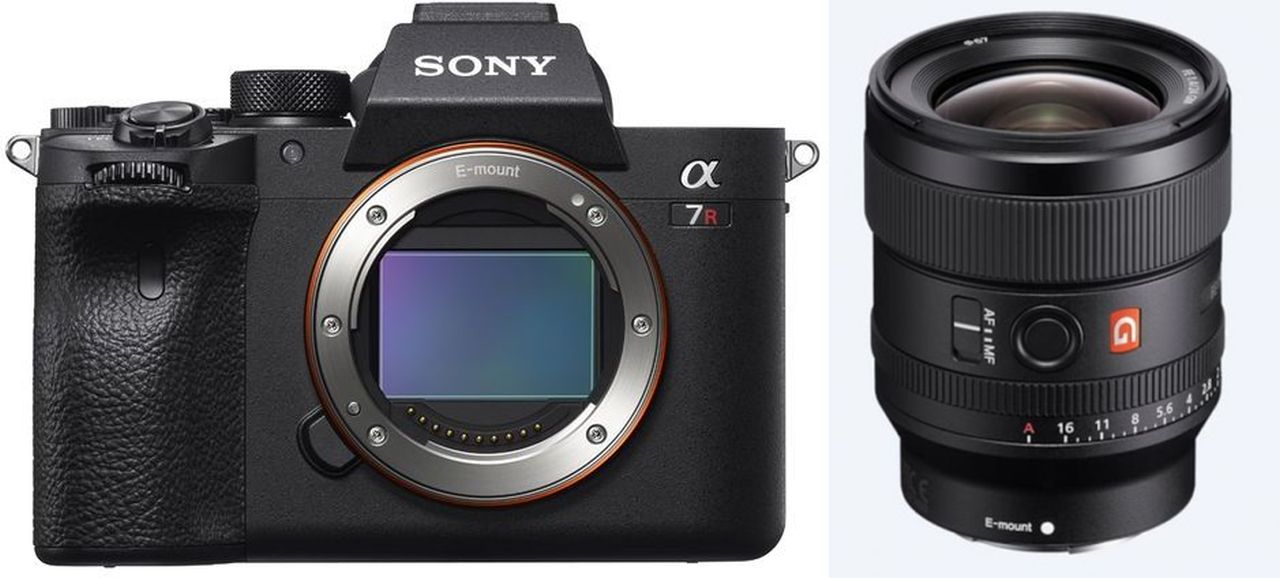
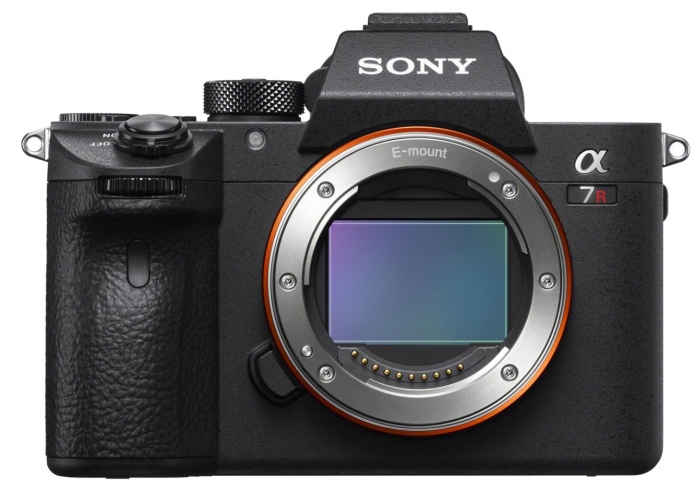
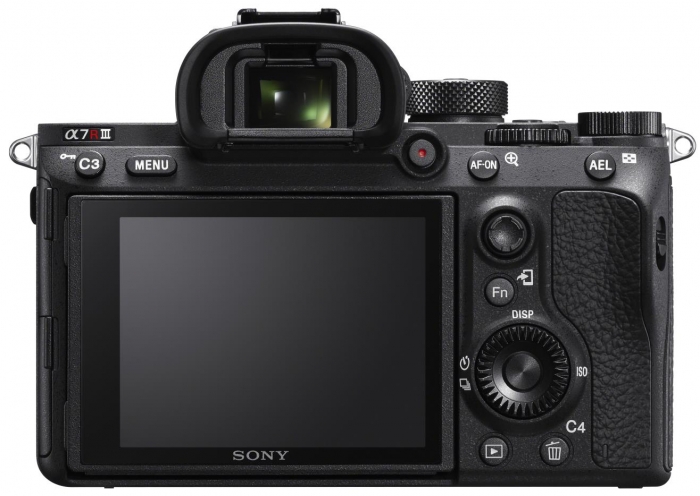


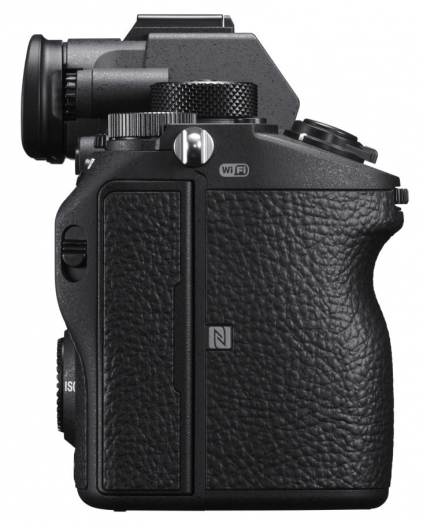


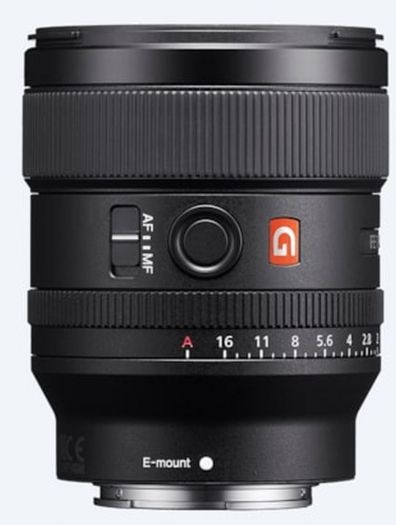

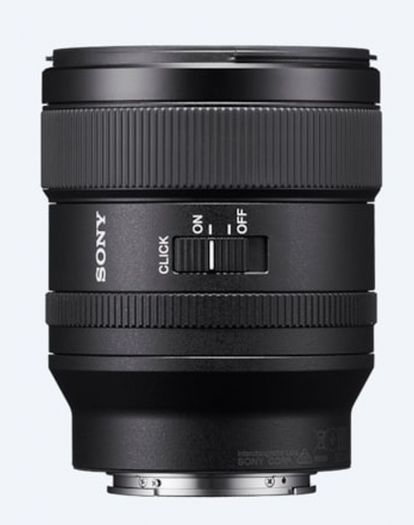
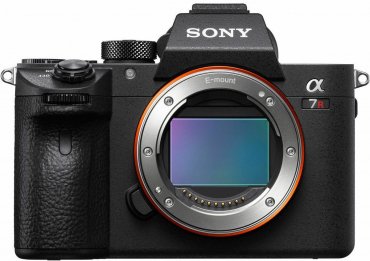
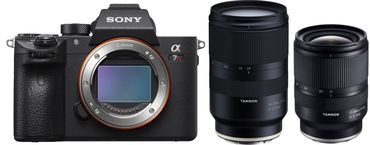
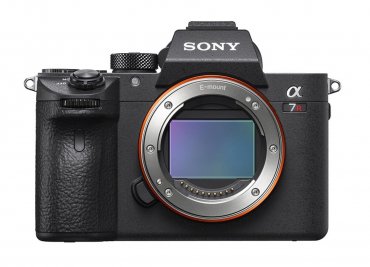
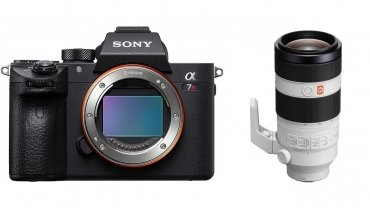

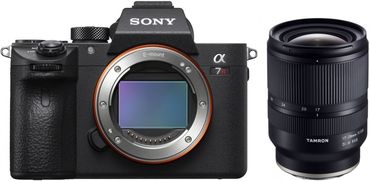
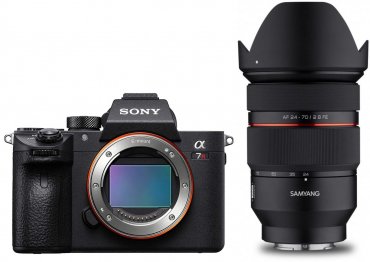
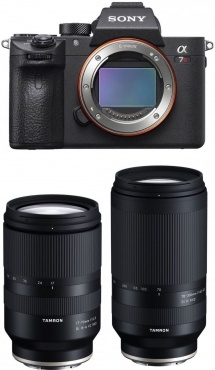
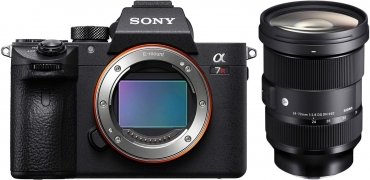
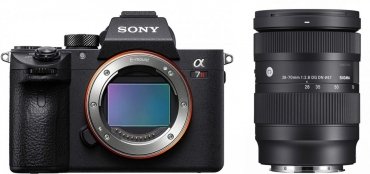
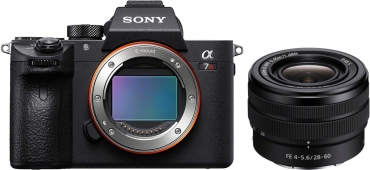
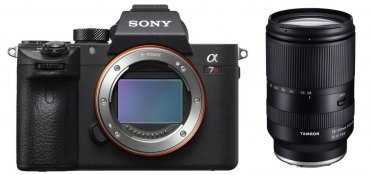
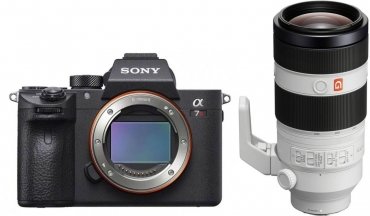
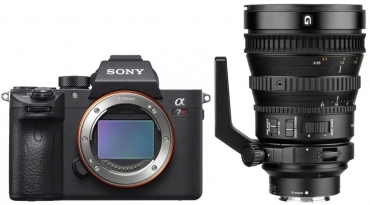
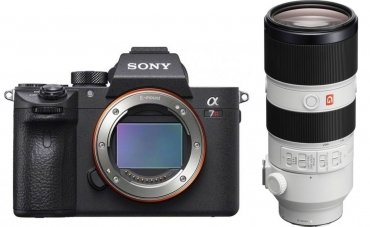
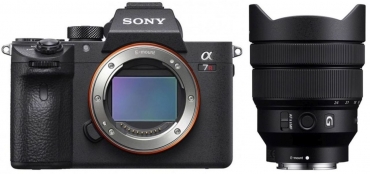
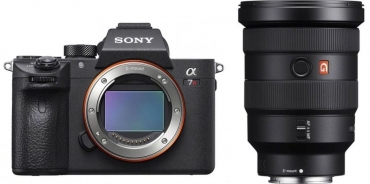
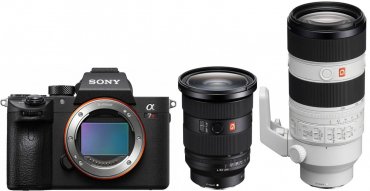
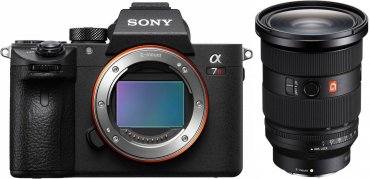
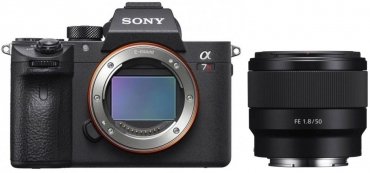
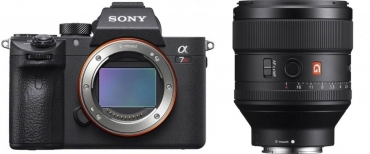
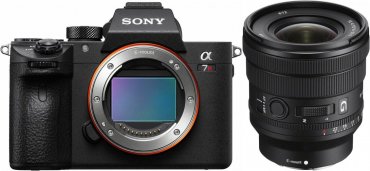
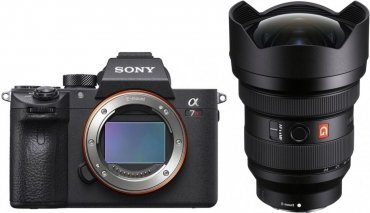
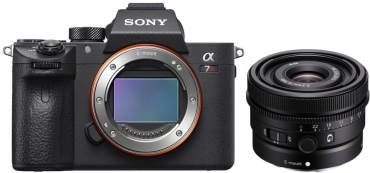
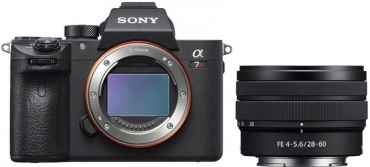
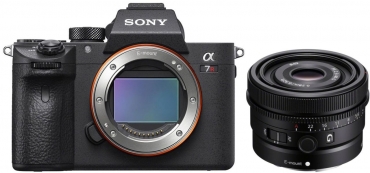
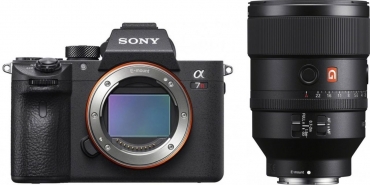
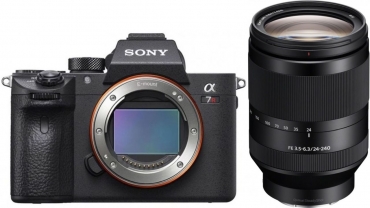
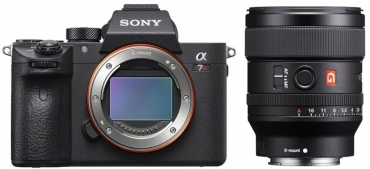
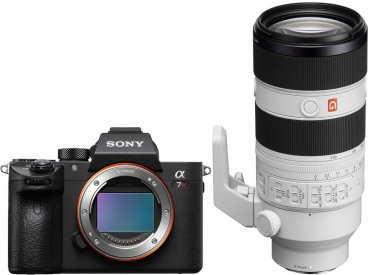
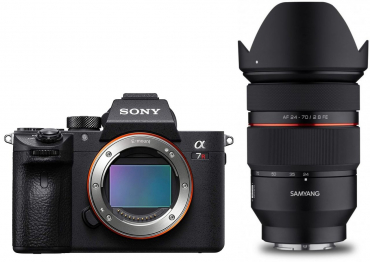


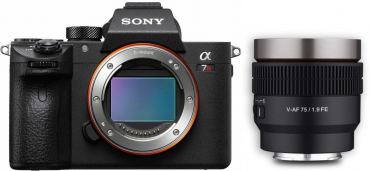
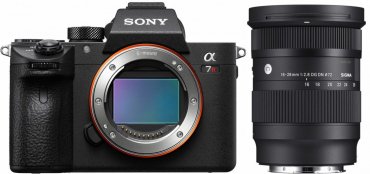


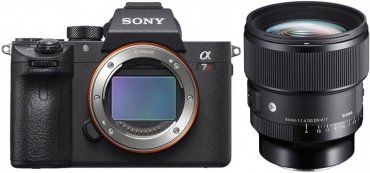

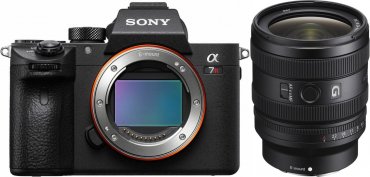
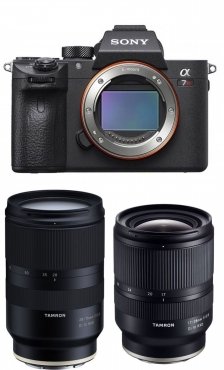
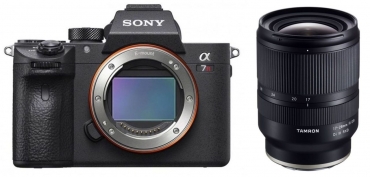
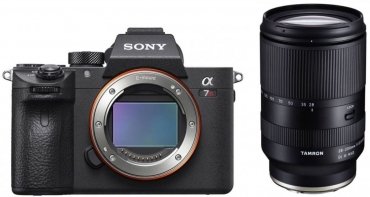
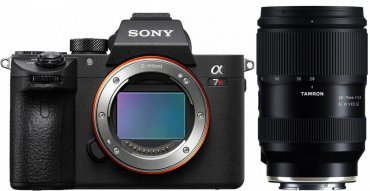
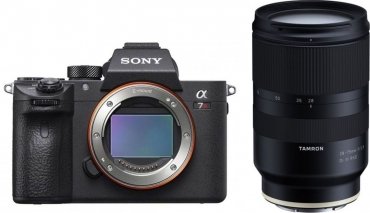

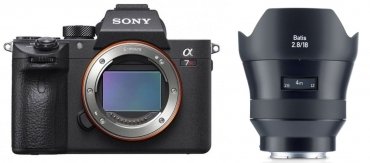


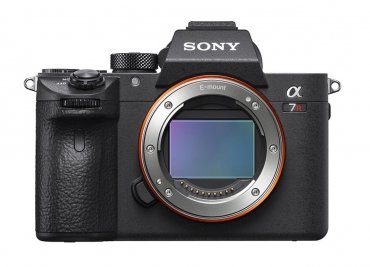

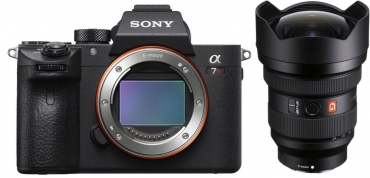
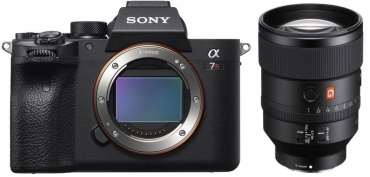
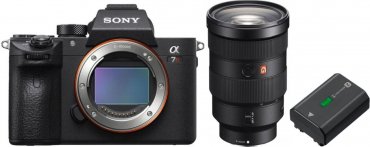
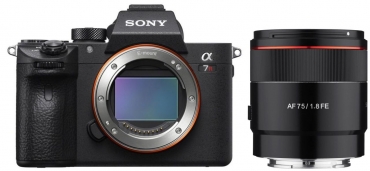
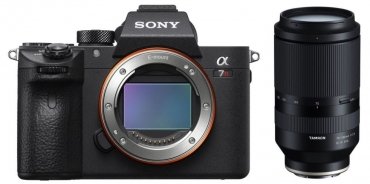

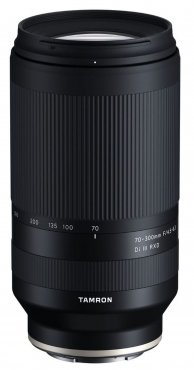

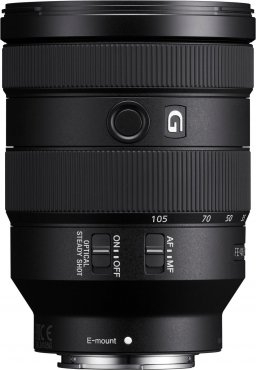

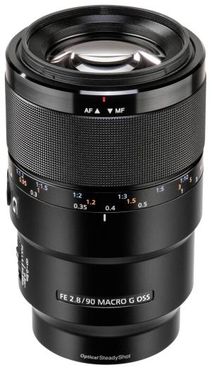
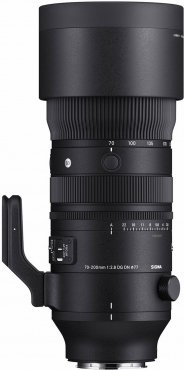
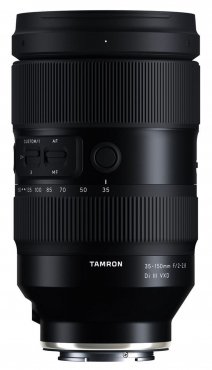
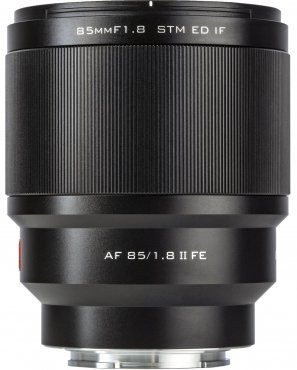
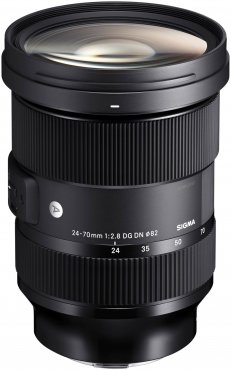
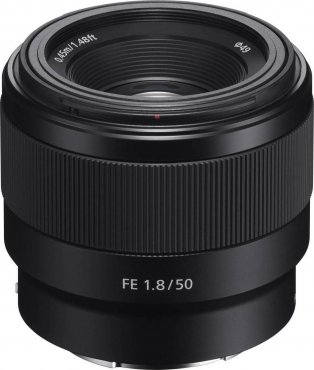
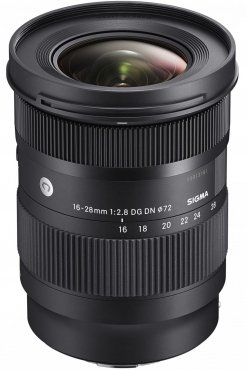
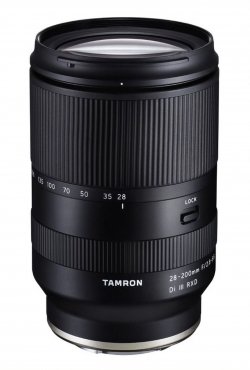
![Sigma 150-600mm f5-6.3 DG DN OS [S] Sony E-mount](https://media.foto-erhardt.de/images/product_images/thumbnail_images/907/sigma-150-600mm-f5-63-dg-dn-os-s-sony-e-mount-162814386990790304.jpg)
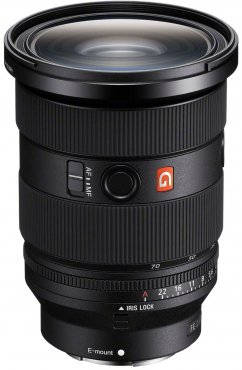

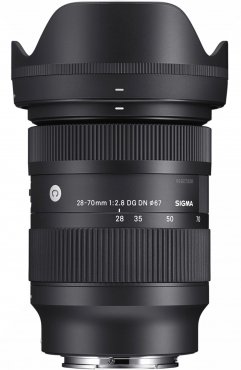
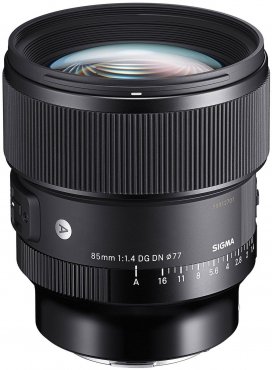
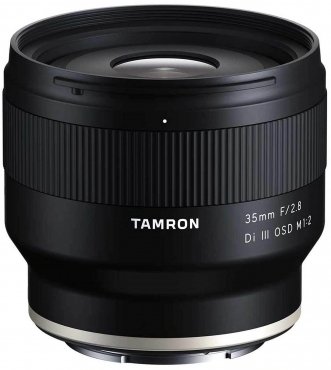

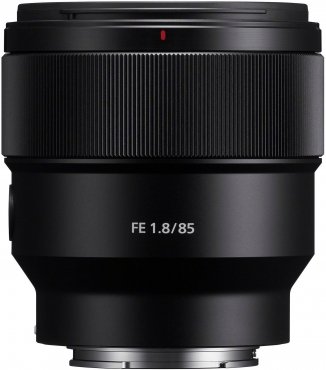

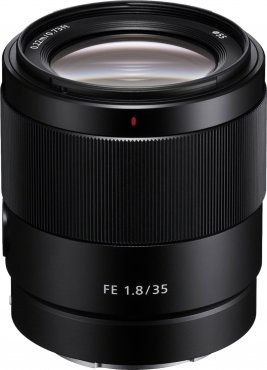
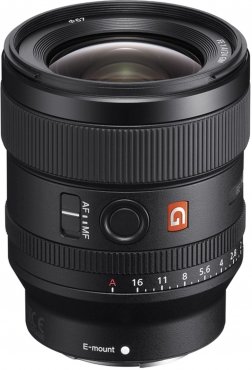
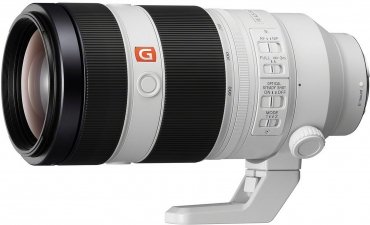
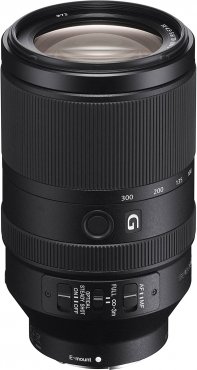
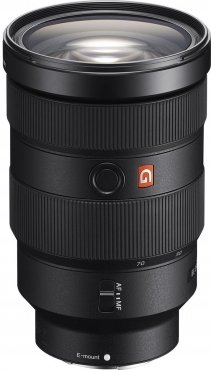
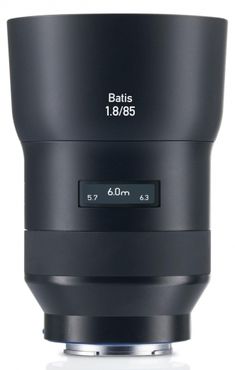
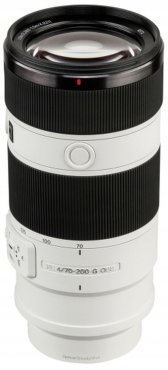
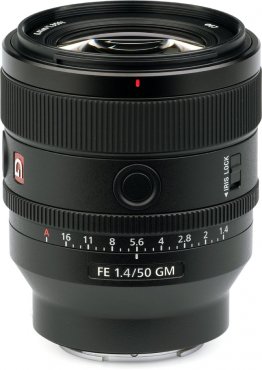
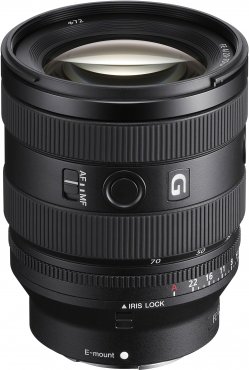
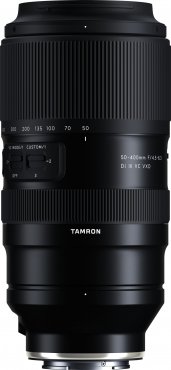

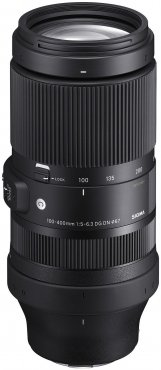
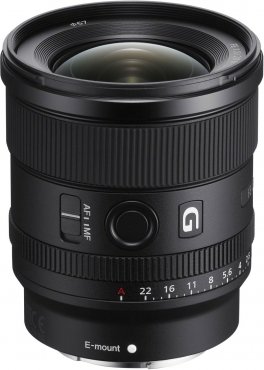
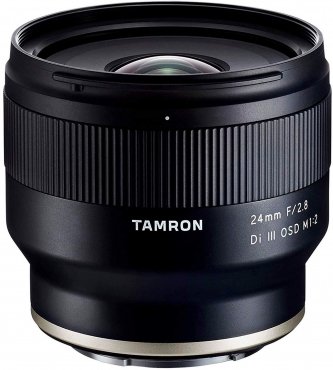

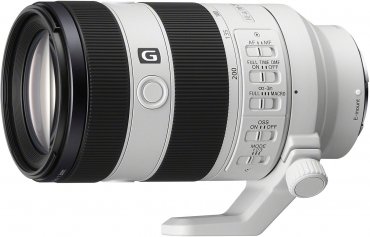
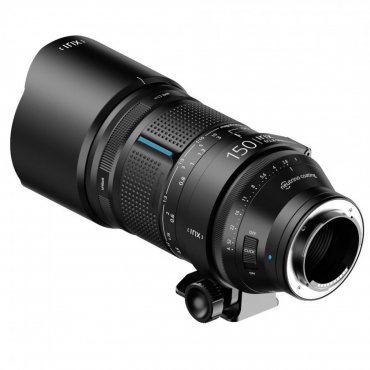

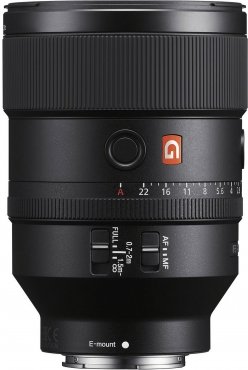
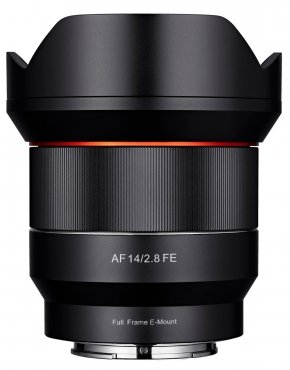
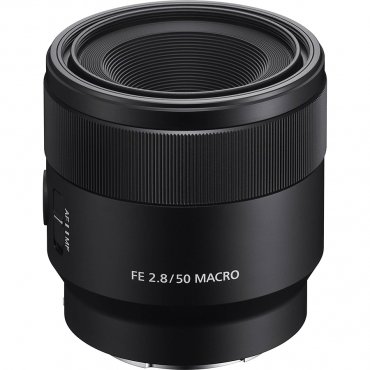
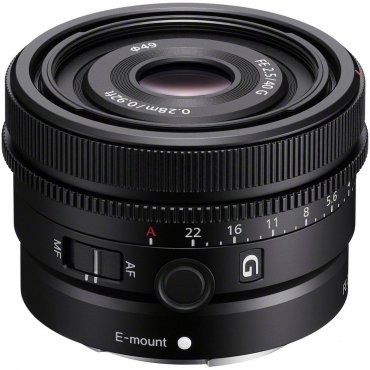
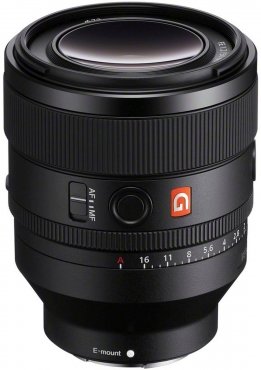
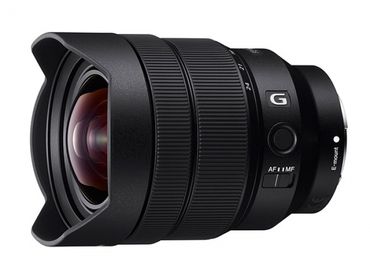

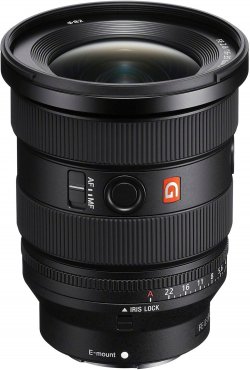
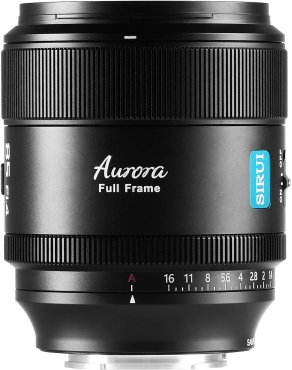
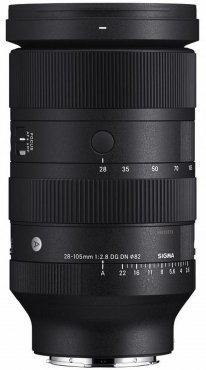
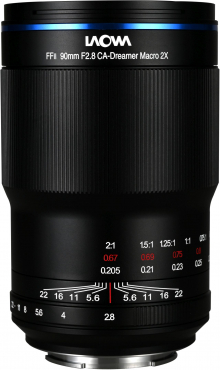


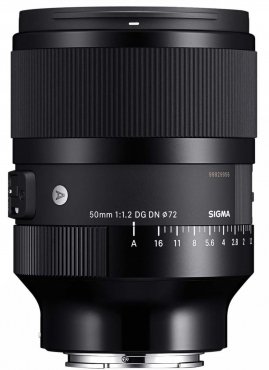
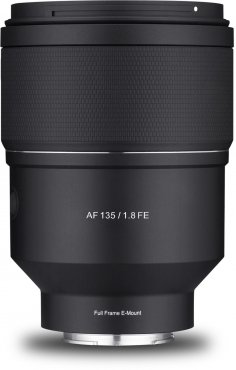

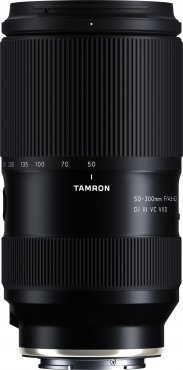
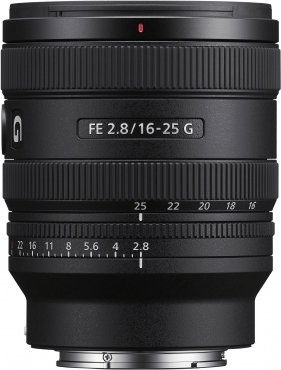
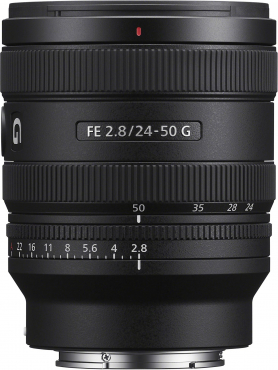
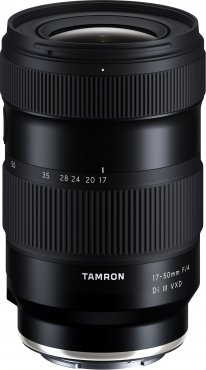

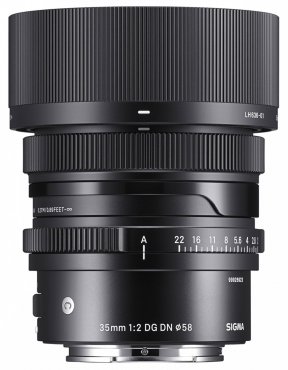
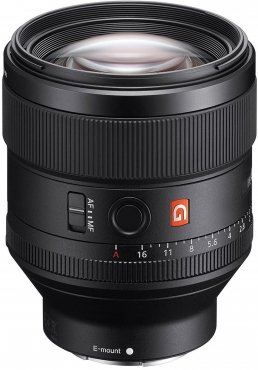
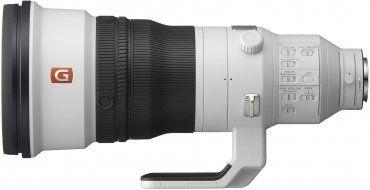
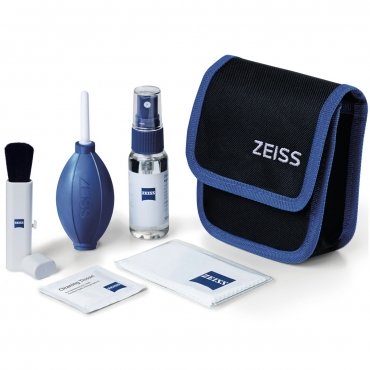
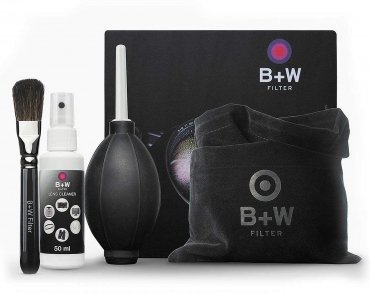

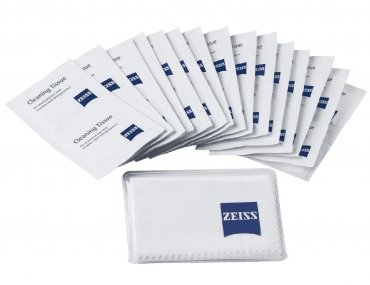
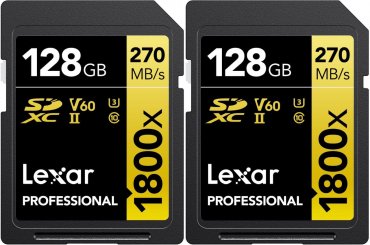
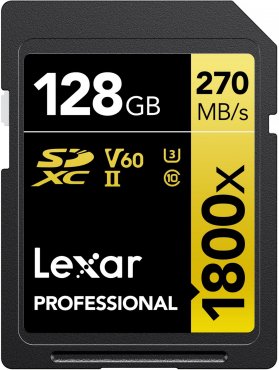
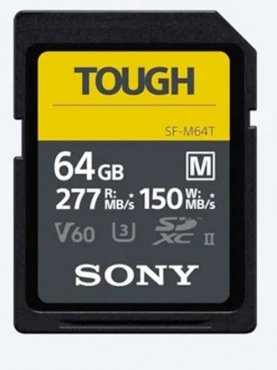
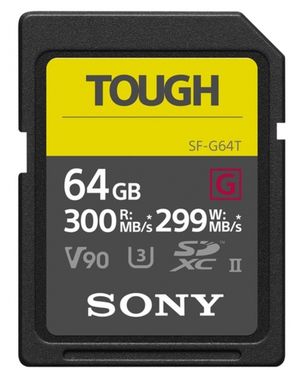
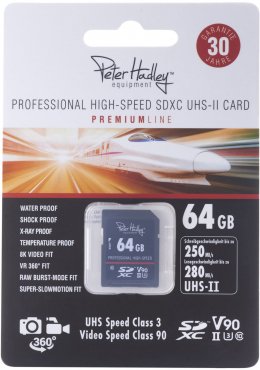






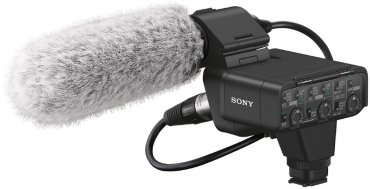

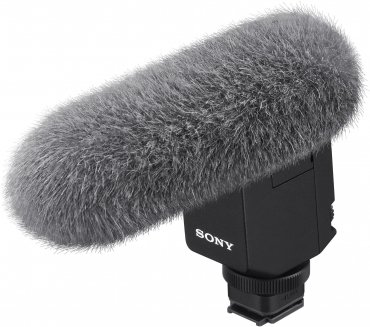



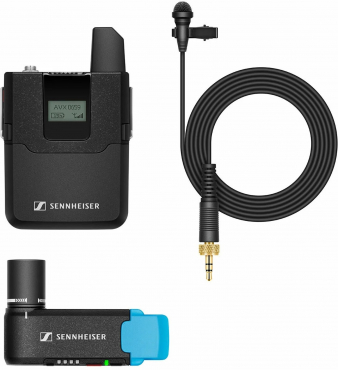

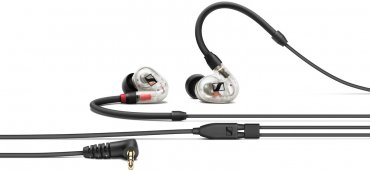
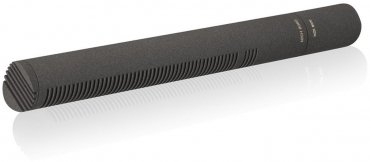

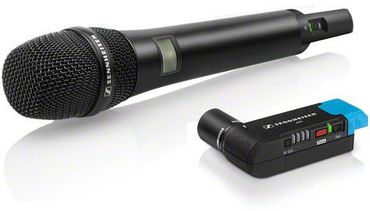
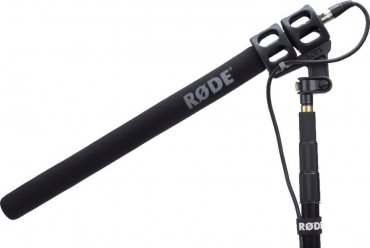



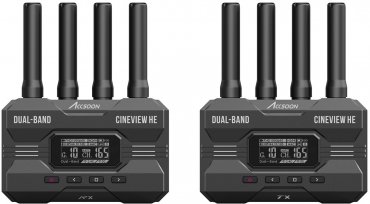






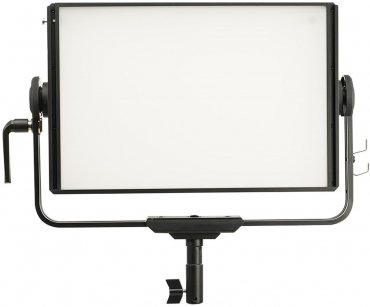
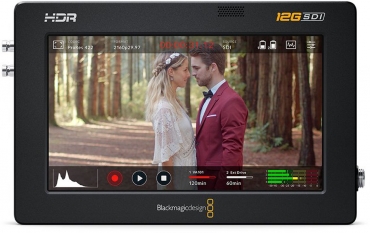


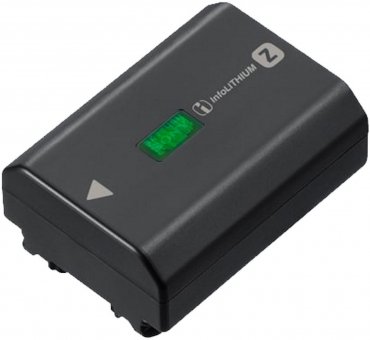
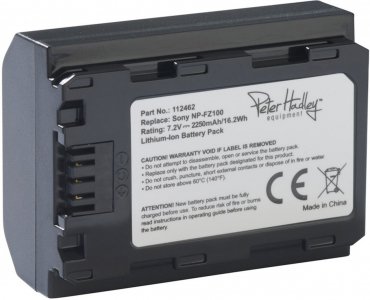
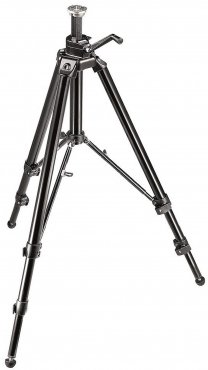
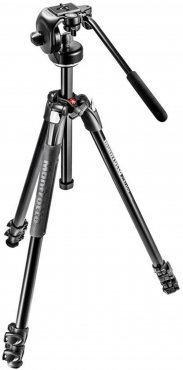

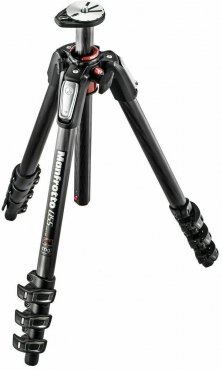

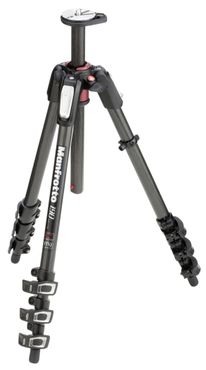

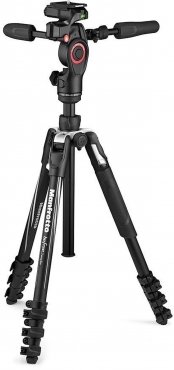

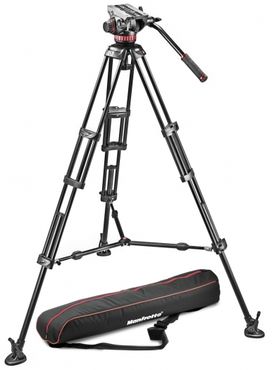
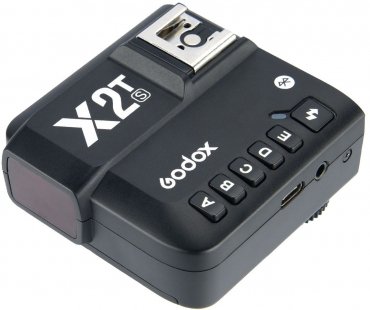
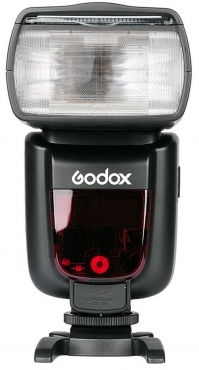
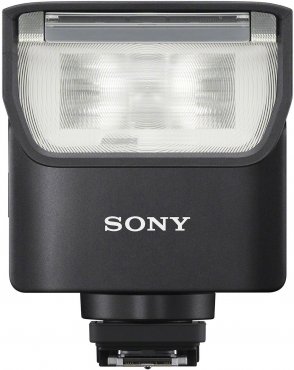



Simply subscribe and benefit as a newsletter recipient every week: